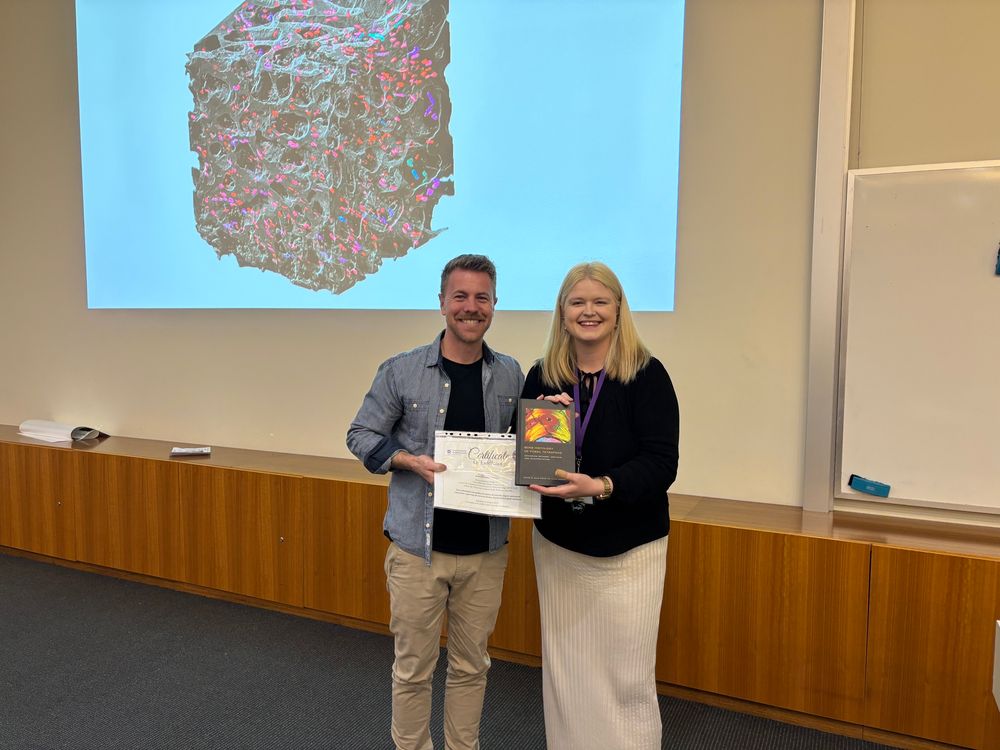ISPH 2025
@isph2025.bsky.social
36 followers
20 following
60 posts
7th International Symposium on Palaeohistology (ISPH), Brisbane, QLD, Australia - June 2025
http://www.isph2025.weebly.com
Posts
Media
Videos
Starter Packs
Pinned
Reposted by ISPH 2025
Reposted by ISPH 2025
Reposted by ISPH 2025
Reposted by ISPH 2025
ISPH 2025
@isph2025.bsky.social
· Jun 21
ISPH 2025
@isph2025.bsky.social
· Jun 21
ISPH 2025
@isph2025.bsky.social
· Jun 21
ISPH 2025
@isph2025.bsky.social
· Jun 21
ISPH 2025
@isph2025.bsky.social
· Jun 21
ISPH 2025
@isph2025.bsky.social
· Jun 21
ISPH 2025
@isph2025.bsky.social
· Jun 21
ISPH 2025
@isph2025.bsky.social
· Jun 21
ISPH 2025
@isph2025.bsky.social
· Jun 21
ISPH 2025
@isph2025.bsky.social
· Jun 21
ISPH 2025
@isph2025.bsky.social
· Jun 21
ISPH 2025
@isph2025.bsky.social
· Jun 21
ISPH 2025
@isph2025.bsky.social
· Jun 21
ISPH 2025
@isph2025.bsky.social
· Jun 21
ISPH 2025
@isph2025.bsky.social
· Jun 21
ISPH 2025
@isph2025.bsky.social
· Jun 21










